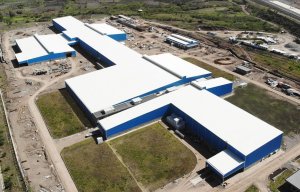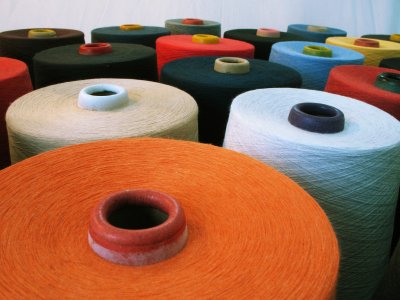
Carvico Ethiopia at the EATLW Conference 2023
Such interest is believed to stem from rising wages in China, labour unrest in Cambodia, and ineffective compliance with rules in various South Asian countries.

5th March 2015
Knitting Industry
|
UK
Major brands are beginning to source from Ethiopia and Kenya, according to a new report from the global business information company Textiles Intelligence – Sourcing apparel from Kenya and Ethiopia.
Such interest is believed to stem from rising wages in China, labour unrest and violence in Cambodia, and ineffective compliance with rules and regulations in various countries in South Asia – leading to fires and, in particular, the collapse of the Rana Plaza building in Bangladesh. Also, the governments in Ethiopia and Kenya are creating favourable conditions in order to attract investors.
Also, several brands and retailers are reportedly in the process of setting up offices in the country, including Marks & Spencer from the UK, VF Corporation from the USA, and the Inditex brand Zara from Spain.
The increases in investment and sourcing from the country are reflected in employment and export figures. Between 2010/11 and 2013/14, apparel industry employment in Ethiopia more than doubled to 11,716 people, while textile and apparel export earnings rose from US$12.6 million to US$111 million.
In Kenya, as many as 46 apparel manufacturing industrial projects were approved by Kenya Industrial Estates in 2013. This was a record level and was more than double the annual average of 19 projects approved for the period 2009-12.
Furthermore, in 2014 delegations from several large companies interested in sourcing from Kenya visited the country. Among these companies were CherryField Sesby of Turkey, Li & Fung of Hong Kong and Phillips-Van Heusen (PVH) of the USA.
However, neither country has managed to create an internationally competitive cotton, textile and apparel value chain—mainly because domestic supplies of raw cotton, capital and skills are insufficient.
In order to trigger a major shift of apparel orders from Asia to Kenya and Ethiopia, therefore, there would need to be a significant transfer of technology and management knowhow, and an influx of foreign direct investment (FDI) on a massive scale.
Sourcing apparel from Kenya and Ethiopia was published by the global business information company Textiles Intelligence and can be purchased by following the link below:
Sourcing apparel from Kenya and Ethiopia
Other recently published reports from Textiles Intelligence include:
Trends in world textile and clothing trade
Product developments and innovations in the home textiles market
Global and regional trends in mill consumption of textile fibres

Business intelligence for the fibre, textiles and apparel industries: technologies, innovations, markets, investments, trade policy, sourcing, strategy...
Find out more